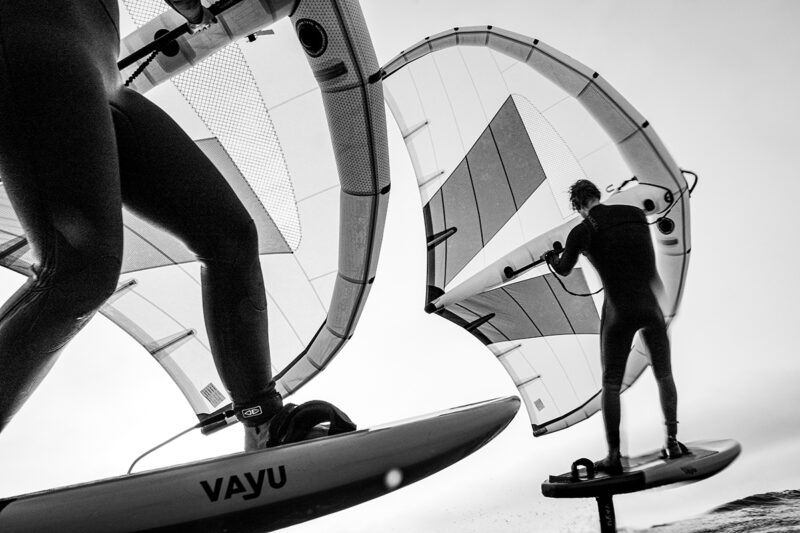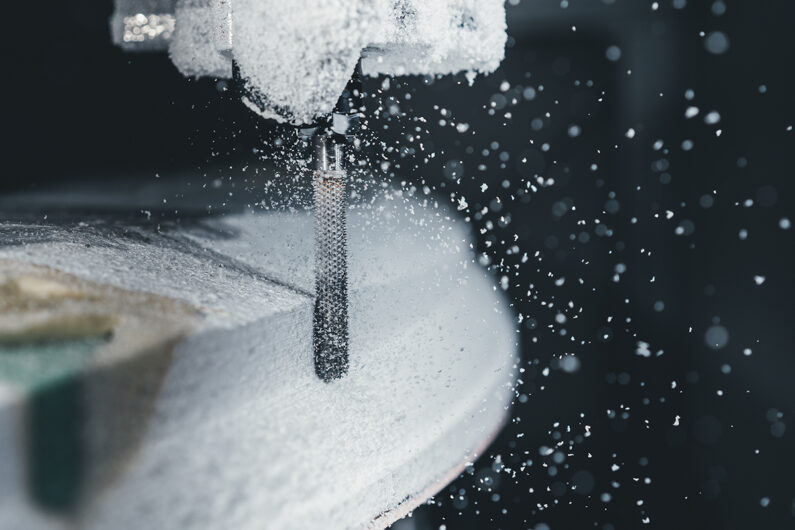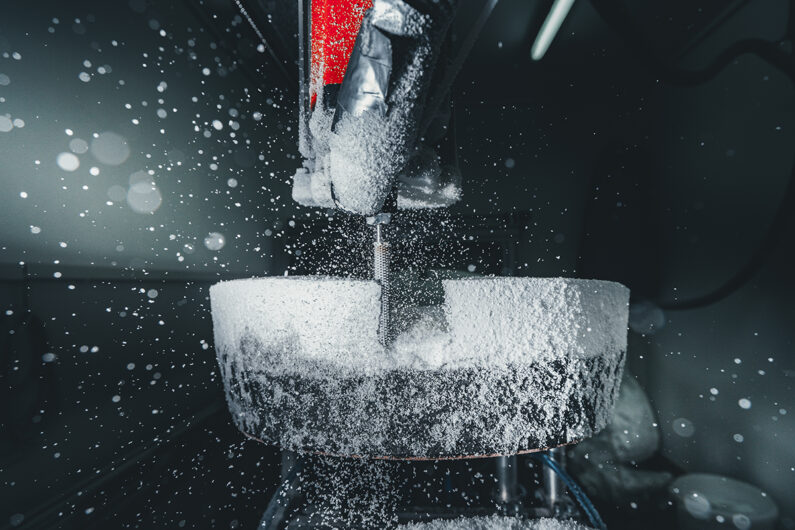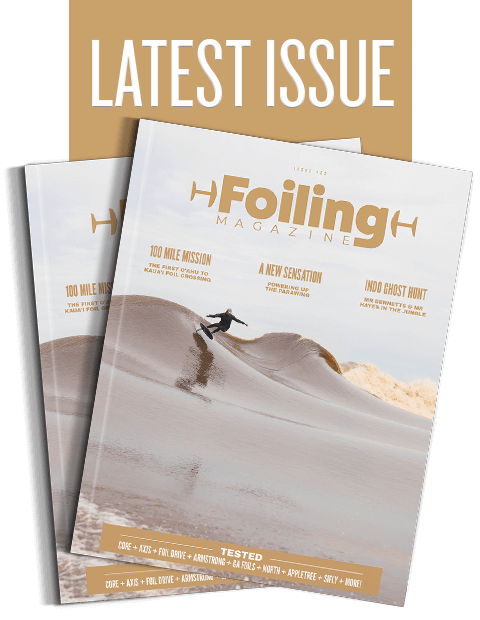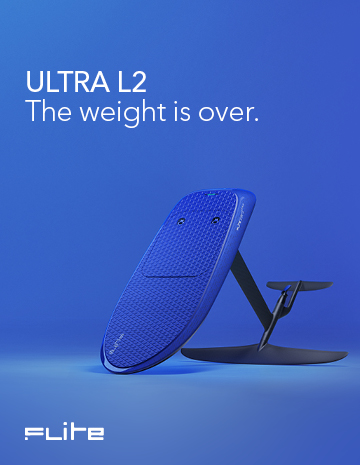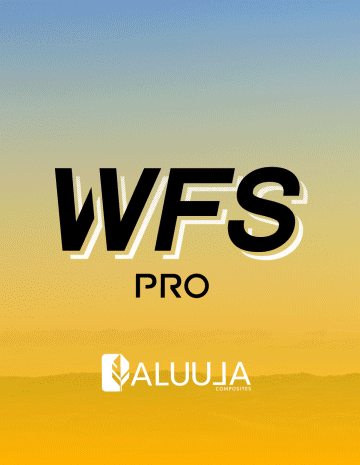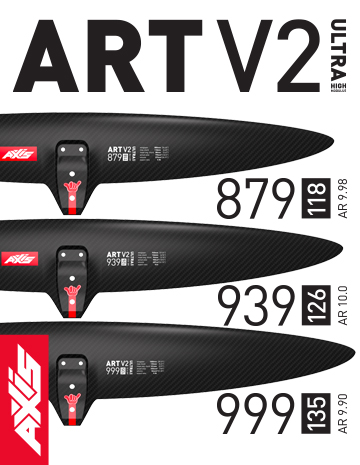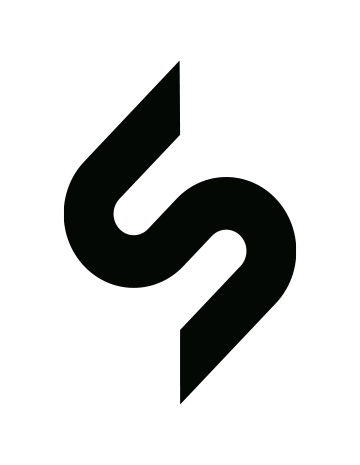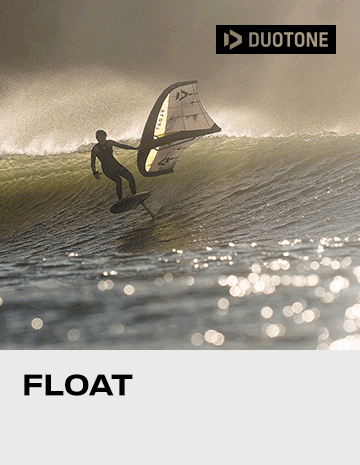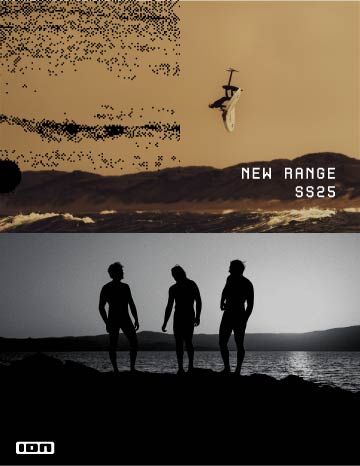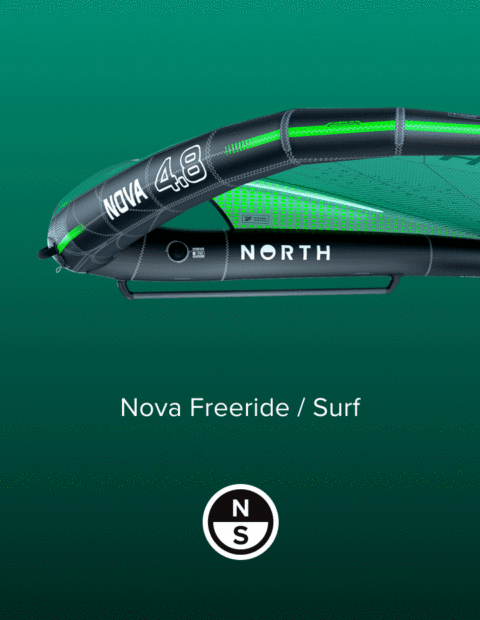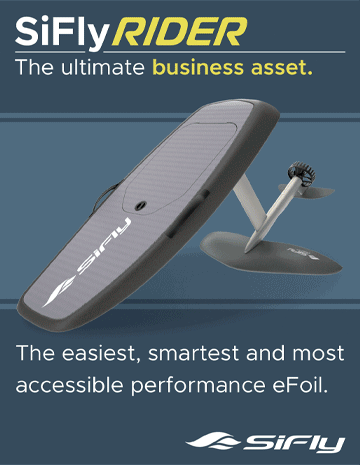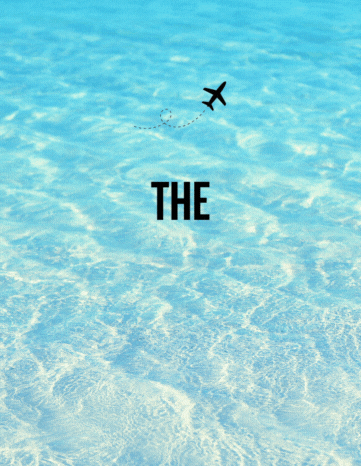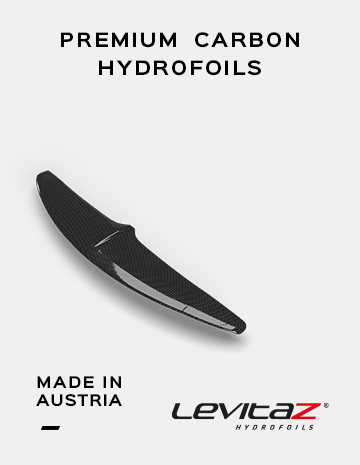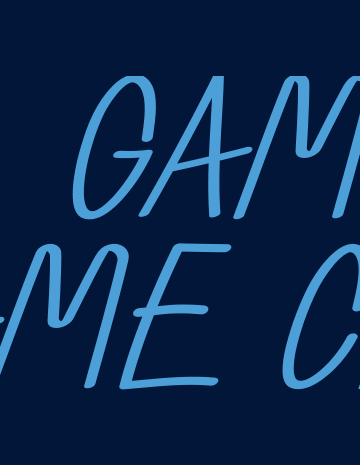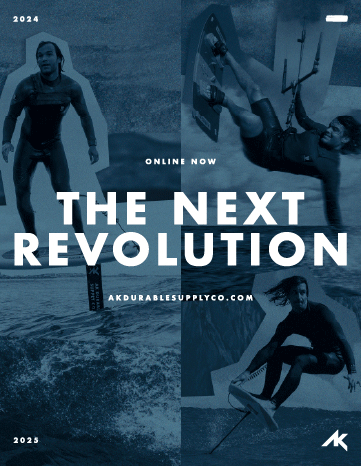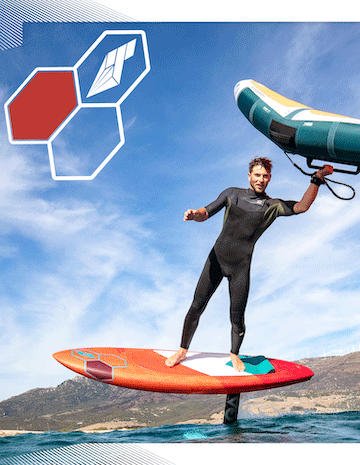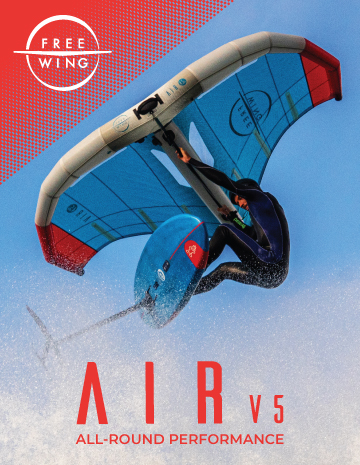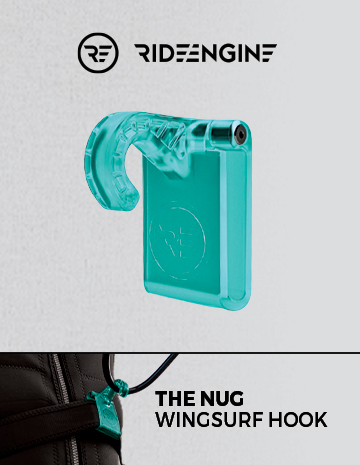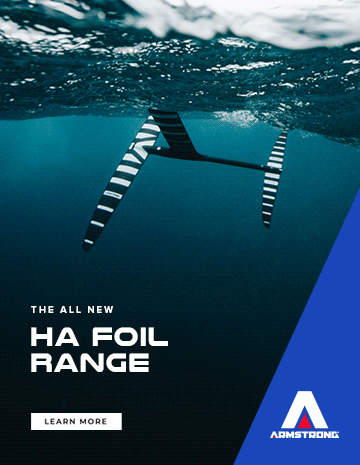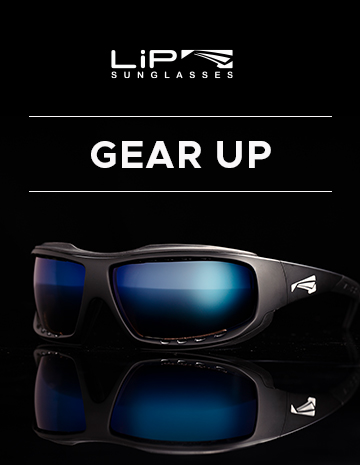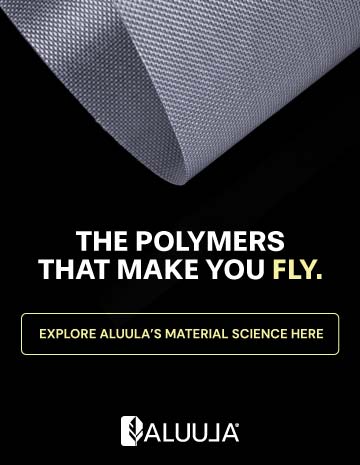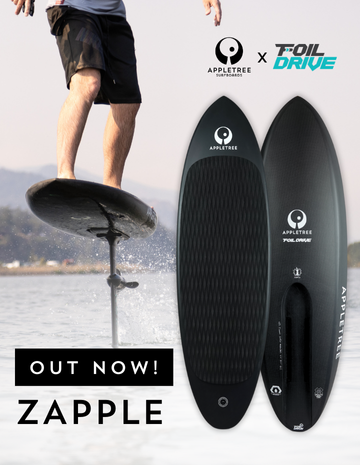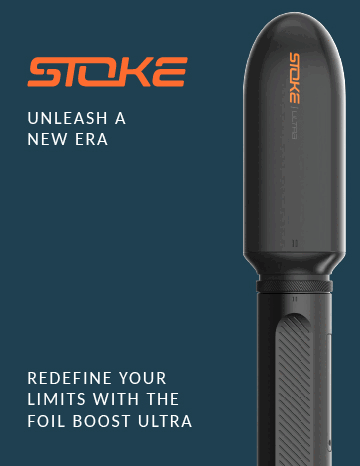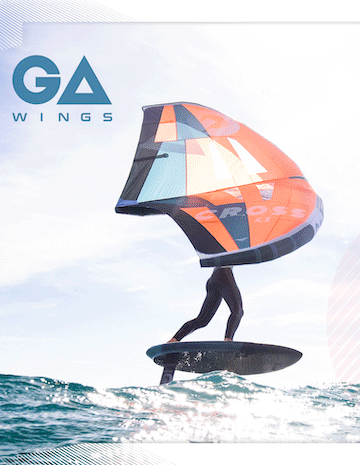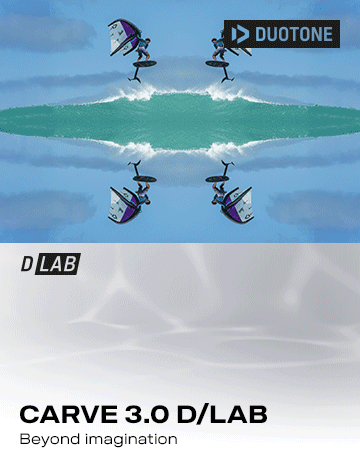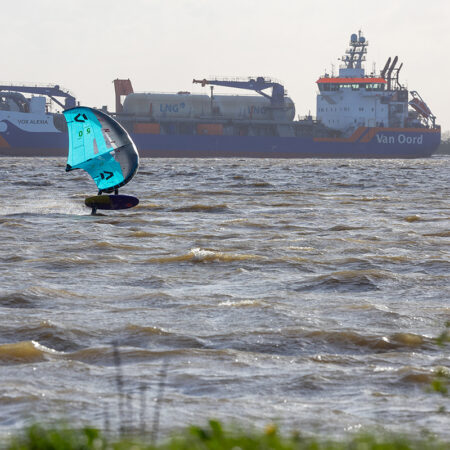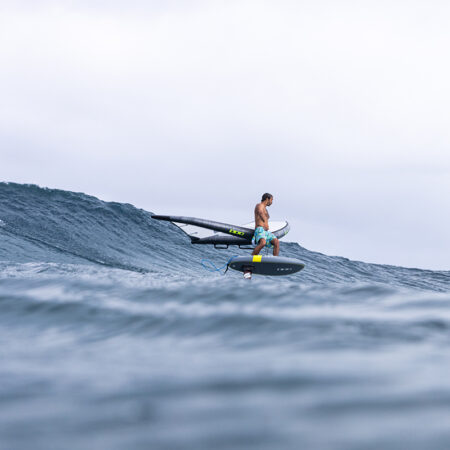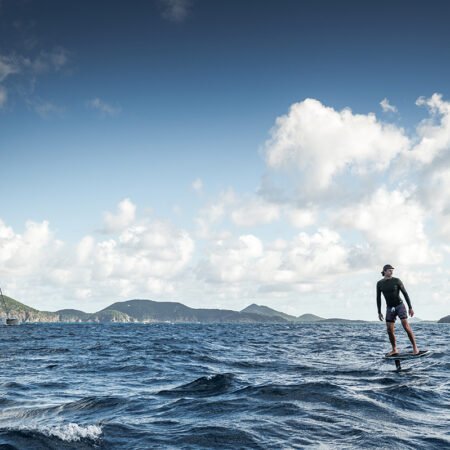DYNAMICS
How does a sports scientist end up building boards? Well Lutz Graichen has been building boards for over 15 years now, and you can find his unique design traits in the VAYU board line-up. We dug in and found out a bit more about those traits, and the man himself…
Hi Lutz. First of all, tell us what you’re aiming for when you design a board?
My approach when shaping or designing a wingfoil board or windsurf board is that I want to do it 100% right. I always try to find the main characteristics a specific board needs to bring to the table. So asking myself: who is it for and what conditions will it be made for? For me this process is definitely about feeling, it's not about trying to get a guy who mainly rides on lakes onto the most radical wave-oriented board. That does not work for me. I am a person who has a hard time when it comes to rational decisions, I like to create things from a feeling that then transfers into an idea that then transfers into a product that can be felt on the water, because the only connection we have to the surface and our possibility to express ourselves on the water is our board and not what a product poster tells you to do.
You have a background in building windsurf boards which in turn led you to building wing boards. So how exactly did that come about?
Well actually wingfoiling was a bit under my radar, then Steffi Wahl who rides my windsurf shapes as well came and asked if I could build her a wing board. Through the connection with Steffi the gap to joining the Vayu family wasn't that big, so now I enjoy creating new ideas that come from foiling. But I am one hundred percent committed to each building process, so if I’m building a wingfoil board I only build that, because I don't like mixing up things in general.
“I am a person who has a hard time when it comes to rational decisions…”
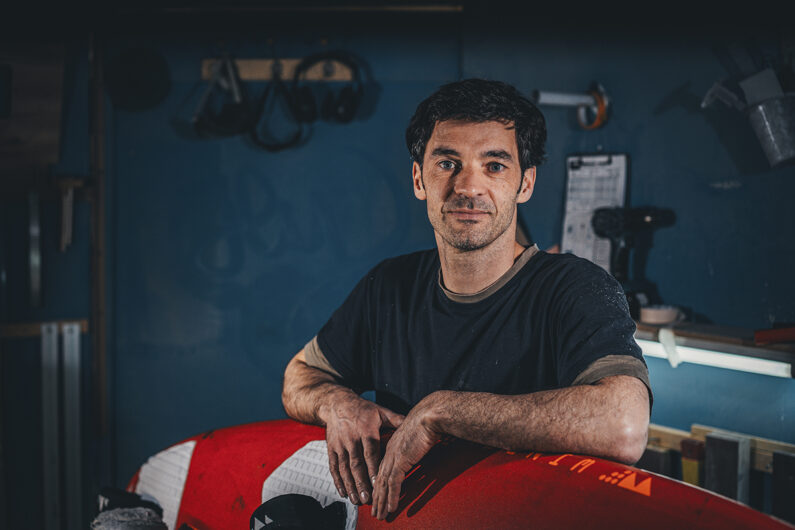
What would you say are the parallels between building windsurf boards and a wing board?
Over the years of course when building hundreds and hundreds of boards by hand you already know what might work and what might not. It is not about reinventing the wheel for me, it is about creating the best board from the knowledge that I have. I always try to change minimal aspects of a board that still change a lot in the overall product. A lot of people only want a board and ask for the volume but often forget about all the other details like rocker line, thickness or rail shape etc. But I guess this is normal because otherwise there would not be the need for a shaper if everyone knows exactly what works when and how.
Wingfoil boards went through a lot of changes in the last couple of years, would you say that we are close to the apex when it comes to wingfoil board design?
The direction at the moment is visible. The shapes we used over the last few years are starting to be redefined and over thought again. Of course a board has hit the apex to a specific time and to a specific demand. But on the other hand you have to see that the sport is still developing and still has not found the direction it is going and growing into. Although we are at a point where you can put five different boards from five different brands next to each other and will see more parallels than differences, yet again this is just the apex that has been hit to a specific point in time and not overall in general.
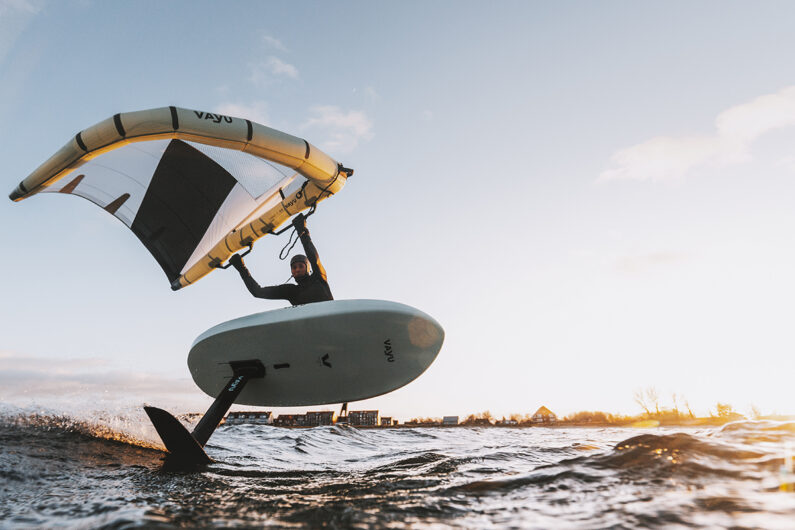
Let's strike back in time to the point where you realized that your boards work and you should probably build more boards. Tell us about that.
Well I knew Ulf Landwehr (prototype shaper for Fanatic back in the day) at that time pretty well and the first contact I had with board building was just by listening to him and letting him tell the story of how to build a board. It was just talking on the beach after a session, but what I did after these conversations is that I went back to the car and wrote down what he just said. At that time I was so presumptuous that I thought, “Well, I can do the same!” and started building my own board. I’d say halfway through the building process I realized that it is really something I want to know more about and really want to dive into knowing all the processes and tricks of building a good sandwich board. So I decided to visit Ulf in Portugal once again but this time for three weeks, he let me help out in his workshop and I had the total insight of building boards. That again was not a rational decision, I felt like doing it so I did it. After finishing my first board a friend of mine came and asked if I could build him one too and from that day on things started rolling more and more. But to be honest it took some years until I called myself a shaper, and the process is a never-ending one. Room for improvement is always around me.
Now you live in Sweden but work in Rostock in Germany, where you have your workshop. How do you make this work?
I kind of like the physical separation that comes with it. I usually do two weeks in Rostock where I build four to six boards from start to finish within that given time. I start early in the morning and finish late at night, from around 7am to 1am. There are some steps that cannot be interrupted in the process of building. Then when I am back in Sweden the team and I usually test the boards for the following weeks and we try to change and adapt until we are happy with the performance and the feeling the board creates.
Fifteen years ago you founded the brand Windflüchter, and you now have a CNC machine in your workshop. How has this affected your shaping?
I like to work with details and try to not change too much in one shape. I´d rather switch small things that I know are going to work instead of creating something completely new that might not work or change too much of the concept that has been thought about. With the CNC machine it is easier to be precise and model everything first. Small changes can make a very big impact.
What would you say have been the biggest changes over the years when it comes to foilboards?
Especially in the beginning I was a bit concerned about the really short and compressed boards with high volume. At that time, Vayu had a 80L Board which was really short and compressed. Of course it worked, because the foils at that time, around 2020, most of them were low to mid aspect foils that did not need the initial planing speed for take off, so vice versa they actually went together pretty well. But if you step into my perspective, I like to point out that efficiency is key and we all want to get up on the foil as fast as possible, so with the high aspect trend there was an urgent need to adapt the board shapes as well.
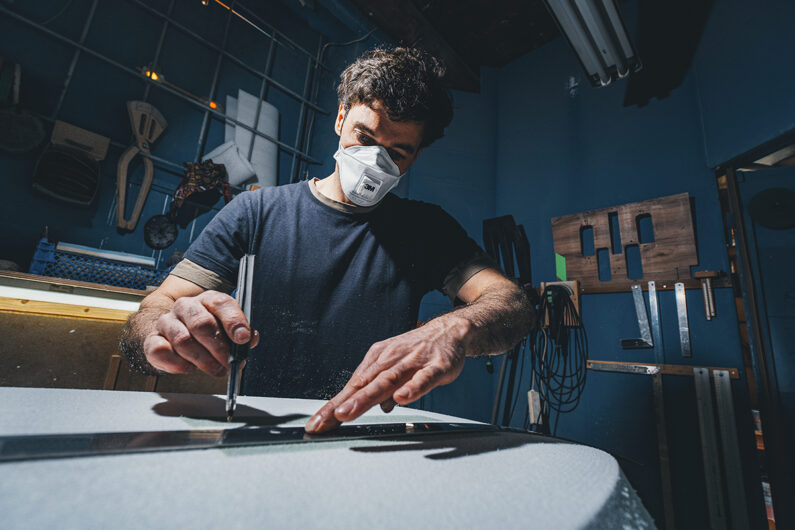
So do you think we’re at a time when you have to develop a board specifically for a foil?
Well, you could. I mean especially with the big boards. You do have people who want to enter the sport with more volume under their feet to keep the flotation they need. But on the other hand, if you take Philip Horn (the owner of Vayu) for example, who is a really good winger but until last year he was only using the 90L board but with a smaller high aspect foil. So you need to find a way to make it work for both, and that comes with box positioning, footstrap positioning and all other aspects that you can find. To get the best cross section a board ideally needs to be tested from a 40 kilo kid up to a heavyweight person.
So when you design a wing board, who do you have in mind? Is it the classic John Doe who is 175cm tall and weighs around 75kg?
For a 70L board, yes. For a long time my reference for a 70L Board were Frithjof Blaasch and Dominic Röckl or Kay van Berlo. Of course no beginner will go into a surf shop and buy a 70L board, so that's the size where you can start spicing things up a little bit. As mentioned, a 90L board needs to fulfill the needs in a wider range, so I always try to adapt and try to get the most facettes without specifying a board too much. If you put it the other way round, a 50L board gives me more room for my decisions regarding width, performance etc. I can be sure that only good wingers will and can ride that shape.
Do you think it is possible to design a board that works for every discipline?!
Yes, it would be possible… but you need to see the boundaries that come with it, so a board that is okay for freestyle and okay for the waves will never be really good in that niche. The gold standard also requires not referencing the borders enough, if that makes sense.
In the end I think that wingfoiling and foiling in general is still at a point where things can change from one day to another and I am happy to be part of that change.


